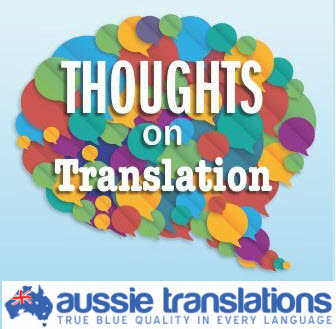Many people don’t think twice about what could happen during the translation process after designing a website page, a brochure or a business flyer. The reality is that the design of any of these sorts of materials in one language has to be modified for use in another language.
The English language can take up less space than many other languages, which means that what was once a nice, neat page simply hasn’t any room for accommodating a translation into another language. The opposite can also happen: some analytical languages, such as Malay, may take up much less space than English, meaning that there may be an awkward blank space on a website page or a printed document. The same can apply to line and page beaks, which may just not be where they are supposed to be after translation.
Font styles may not have their equivalent in the language to be translated. Graphics with subtitles may become obscured by their equivalent translations or simply don’t have the same effect.
Fortunately, there are ways and means of avoiding ruining all that time and expense creating a wonderful design. Here are some tips.
You can use paragraph styles and style sheets. These will make the document translation service typesetter’s job a whole lot easier because instead of making adjustments to individual words or parts of a document, they can be applied to the whole sheet.
The layout of your page or pages should allow for an increase in the space taken up by text length after translation or less space, for that matter. This prevents the foreign typesetting services having to adjust the font size of the text that has been translated, which makes for more difficult reading and a messy outcome. This also allows space for the existing images and the positions of headings and subheadings. Your layout should be restricted to only one or two columns so that any extra text after translation can be easily accommodated.
Font should be carefully chosen so that when design typesetting after translation is done, there won’t be mysterious errors caused by incompatible font choices with the language into which the text has been translated. The most commonly used fonts, such as Arial, Times New Roman and Calibri are usually safe for most other languages. Note that the more obscure yet decorative fonts may not support special characters, such as accents and circumflexes. Also avoid using italics if the target language does not allow for that variation. Bolding is normally O.K., though, in most other languages other than English.




